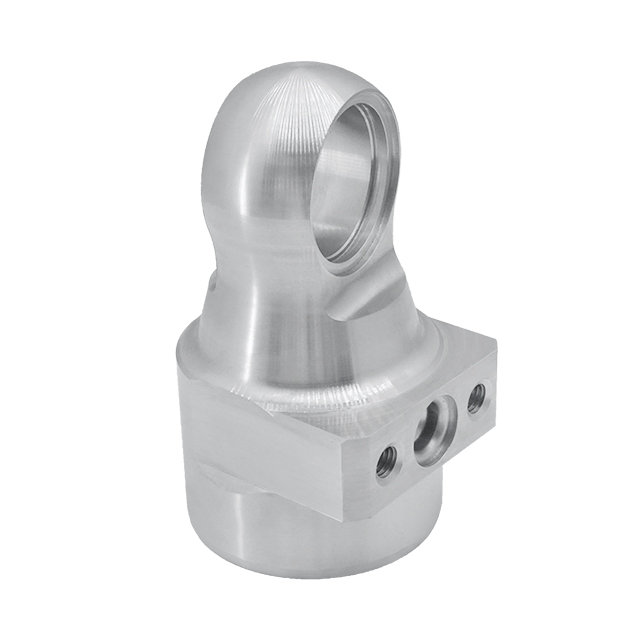The most basic function of any tool is to have automatic, precise and consistent motion control. Most ordinary machine tools completely use mechanical devices to achieve their required movements, while CNC machine tools control the movement of machine tools in a completely new way. Various CNC devices have two or more directions of motion, called axes. These axes are positioned precisely and automatically along their length. The two most common types of axes are linear axes (along a straight trajectory) and rotary axes (along a circular trajectory)

Ordinary machine tools need to rotate the crank handle and handwheel to generate motion, while CNC machine tools generate motion through programming instructions. Usually, almost all types of motion (rapid positioning, linear interpolation and circular interpolation), moving axes, moving distances and moving speeds (feed rates) of almost all CNC machine tools are programmable

The CNC command in the numerical control system instructs the drive motor to rotate at a certain exact number of revolutions. The rotation of the drive motor causes the ball screw to rotate, and the ball screw converts the rotational motion into linear axis (slide) motion. The feedback device (linear grating ruler) on the sliding table enables the CNC system to confirm that the commanded revolutions have been completed, as shown in the figure
The same basic linear motion is found on a regular bench vise, although this is a rather primitive analogy. A rotating vise crank is a rotating screw that drives the jaws of the vise to move. Compared with a bench vise, the linear axis of a CNC machine tool is very precise, and the rotation of the drive motor of the axis precisely controls the moving distance of the linear axis


<
a href="https://www.senzeprecision.com/uploads/conctact-me.jpg">
Post time: May-26-2022


